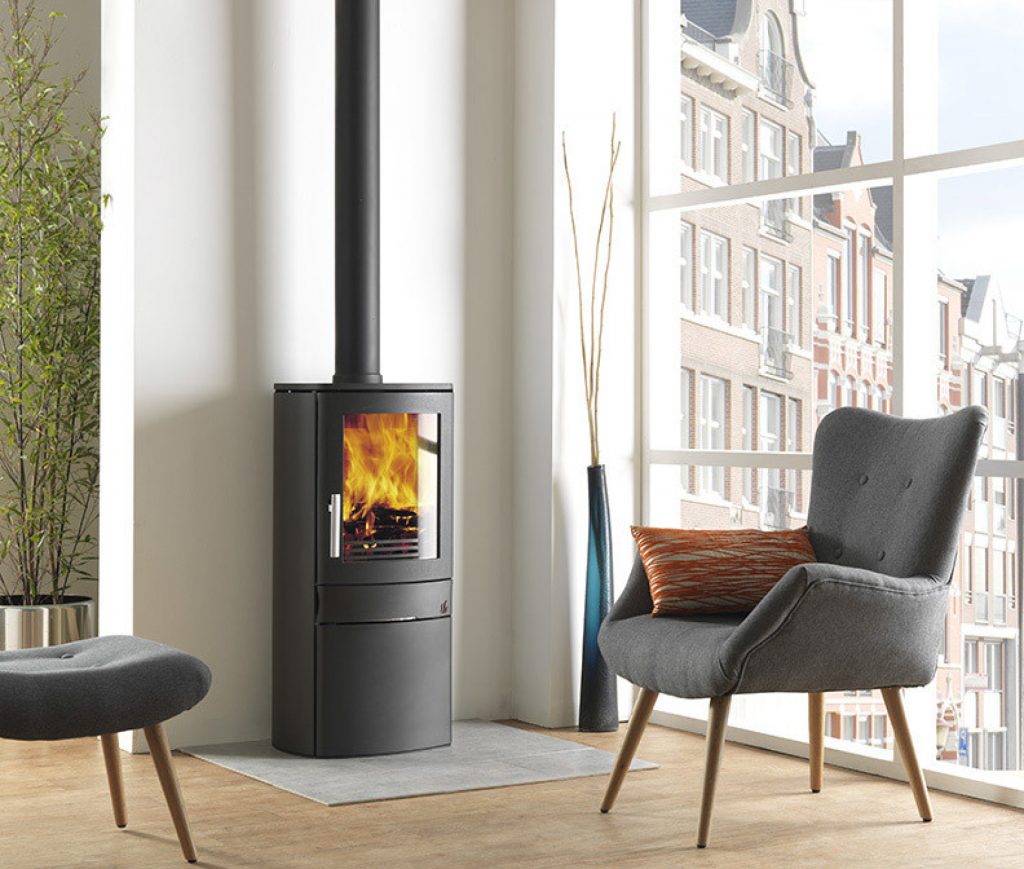Those with an interest in wood-burning and multifuel stoves obviously know there is a difference but what are the specific differences. This is probably one of those stove related questions you would like to ask but it may be sound so simple that you don’t want to.
Basic difference between multifuel and wood-burning stoves
The most obvious difference is in the name, multifuel indicates you can use more than one type of fuel while a wood-burning stove denotes you can only burn wood. There are subtle differences in the make-up of the different types of stove and it is also worth noting that the multifuel stove can burn wood. So, in theory, a multifuel stove offers the best of both worlds?
Different grates
Those eagle eyed stove enthusiasts will immediately notice the difference between the grate on a wood-burning stove and that on a multifuel stove. While the difference is very subtle, it is very important when it comes to efficiency and the protection of the stove body.
Grate on a wood-burning stove
The grate on a wood-burning stove sits at the bottom of the firebox with new wood placed upon the ashes of previously burnt fuel. Tests show that wood burns best when set on a layer of ashes as there is no requirement for an additional air supply.
Grate on a multifuel stove
The grate on a multifuel stove is raised above the bottom of the firebox area. This is because solid fuels burn better with an air supply which comes from beneath. In addition to the improved burning environment we also know that solid fuels can burn at a much higher temperature than wood. If burnt on a wood-burning stove solid fuel can cause damage to the metalwork.
Position of the ashpan
The raised grate on a multifuel stove ensures that the burned debris falls below into the ash pan which is positioned underneath the grate. It is then simply a case of removing the ashpan, emptying the debris and replacing it. The situation with wood-burning stoves is very different. As the wood burns best situated on a bed of ashes there is no need for a specific ashpan. That is not to say that the area does not need to be regularly cleaned and maintained. This can be done relatively simply with a companion set which allows you to brush out the ashes. However, this brings us on to the question of burning wood on a multifuel stove.
Wood-burning on multifuel stoves
On the surface, with a multifuel stove you get the best of both worlds, the chance to burn solid fuel as well as wood fuel. However, as we touched on above, wood burns best on a bed of ashes which is not possible with a multifuel stove. As a consequence, the efficiency and output when burning wood on a multifuel stove will not be the same as that on a specific wood-burning stove. We are not talking about huge differences but it is worth bearing this in mind.
Summary
There are some subtle but very important differences between a wood-burning and multifuel stove. The main difference revolves around the efficiency when burning wood which obviously burns better on a specific wood-burning stove. So, there we have it, a simple answer to a question which many people have on the tips of their tongue but are maybe a little afraid to ask.

